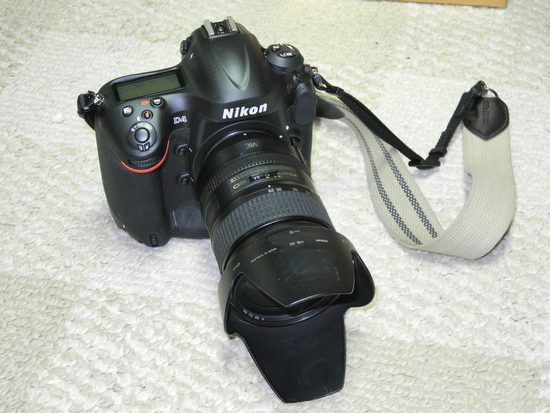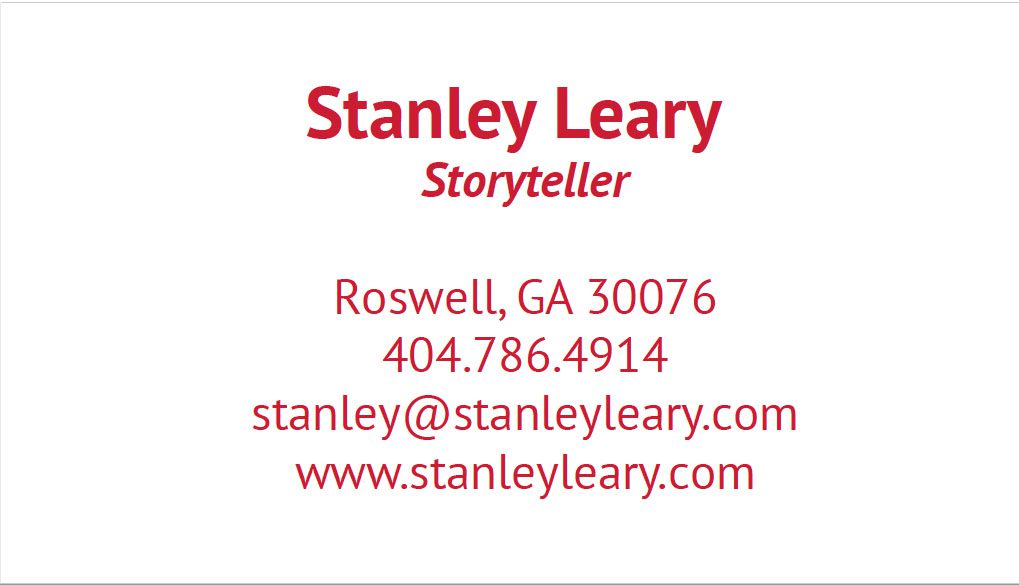 |
| Nikon D4 with 28-300mm |
I got the newest high end Nikon and I will blog about it a few times as I become more familiar with it.
The first thing I do when I get a new camera is to become familiar with it. I do this before I shoot a job with it.
Camera Manual
 |
| Here is the direct Nikon US link for the D4 manual. |
This is the first camera that I downloaded the manual and put it on my iPad to read using Kindle Reader.
The reason I left the camera manual and a few other things unopened is to help later when I want to upgrade I can sell the camera with all the peripherals that came with the camera in mint condition.
While I do have the manual, I try to first see how much of the camera is similar to my last Nikon. In this case I am comparing it to the Nikon D3S.
Similarities and Differences
One thing I like to do right away is try and customize some of the settings like I had on the older camera. On the Nikon D3S and Nikon D4 you can assign custom functions to your buttons and dials on the camera.
 |
| Info Button |
One major upgrade is the graphics display of the Info Button. You can see which button you are changing. You need a graphic with so many controls. I am excited to see a camera company upgrade their menu to include graphics.
If you are wondering what I have learned about the controls is there are more buttons which some take a on the roll I used to used custom settings to create.
IPTC
The really cool thing I discovered with my Nikon D4 was it has built-in support for 14 of the more important IPTC fields.
The D4 and the IPTC Preset Manager software support the following IPTC fields:
Caption
Event ID
Headline
Object Name
City
State
Country
Category
Supporting Category
Byline
Byline Title
Write/Editor
Credit
Source
You can save 10 Presets of these.
Besides doing this in the camera you can also type all these on your computer PC or Mac and then put them on your memory card and import them into the camera. That software is available from Nikon here http://tooldl.nikonimglib.com/iptc/index.html.en
It requires an up-to-date version of Microsoft Silverlight to download. here is that link http://www.microsoft.com/getsilverlight/Get-Started/Install/Default.aspx
 |
|
In addition to the usual USB and HDMI connectors, the D4 also incorporates an Ethernet port, mic and headphone jacks, and a connection for Nikon’s wireless transmitter.
|
Connections
One of the other things you notice other than all the new buttons are the connections on a D4. Nikon added to the D4 an Ethernet port, headphone jack and a connection for the wireless transmitter, which wasn’t on the Nikon D3S.
I will work on testing some of these in the next few weeks. Come back and look for posts talking about this later.
First Shots
 |
| Nikon D4, ISO 2000, f/5.6, 1/100, 28-300mm |
 |
| Nikon D4, ISO 640, f/5.6, 1/30, 28-300mm |
I shot a few images at my church’s Palm Sunday services. I am pleased with all the images from the Nikon D4. When comparing the Nikon D4 to the Nikon D3S images there was minor differences.
 |
| Nikon D3S, ISO 12,800, f/8, 1/200, 14-24mm |
 |
| Nikon D4, ISO 900, f/5.6, 1/30, 28-300mm |
I think the D4 focusing is a little quicker and locks in a hair bit faster, but for the most part this situation wasn’t the best test for really low light. I will test this even more in the next few weeks.









